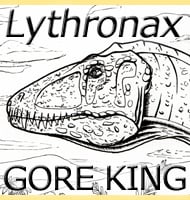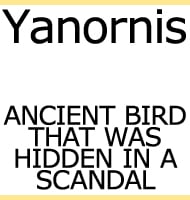In Depth
Zapalasaurus is another example of an early cretaceous era diplodocoid sauropod, a find significant in itself since many diplodocid genera are dated to the Late Jurassic. Further to its inclusion within the Diplodocoidea, Zapalasaurus has been included as a member of the Rebbachisauridae, a sub group of the Diplodocoidea that includes other Cretaceous era genera. As with other genera of this group, Zapalasaurus is assumed to have had a long neck developed as a feeding adaptation which allowed it to sweep its head across a wide arc in front of the body. This would allow a feeding Zapalasaurus to browse upon a wide gathering of plants without expending energy walking to reach one plant after another.
Zapalasaurus was named after the city of Zapala which is located about eighty kilometres north of the digsite where the holotype individual was found. The species name is in honour to the palaeontologist Jose Fernando Bonaparte. Another diplodocid sauropod known from the La Amarga Formation is Amargasaurus.
Further Reading
- Zapalasaurus bonapartei, un nuevo saur�podo de La Formacion La Amarga (Cretacico Inferior), noroeste de Patagonia, Provincia de Neuquen, Argentina [Zapalasaurus bonapartei, a new sauropod from the La Amarga Formation (Lower Cretaceous), northwestern Patagonia, Neuquen province, Argentina], Leonardo Salgado, Ismar de Souza Carvalho & Alberto C. Garrido - 2006.









